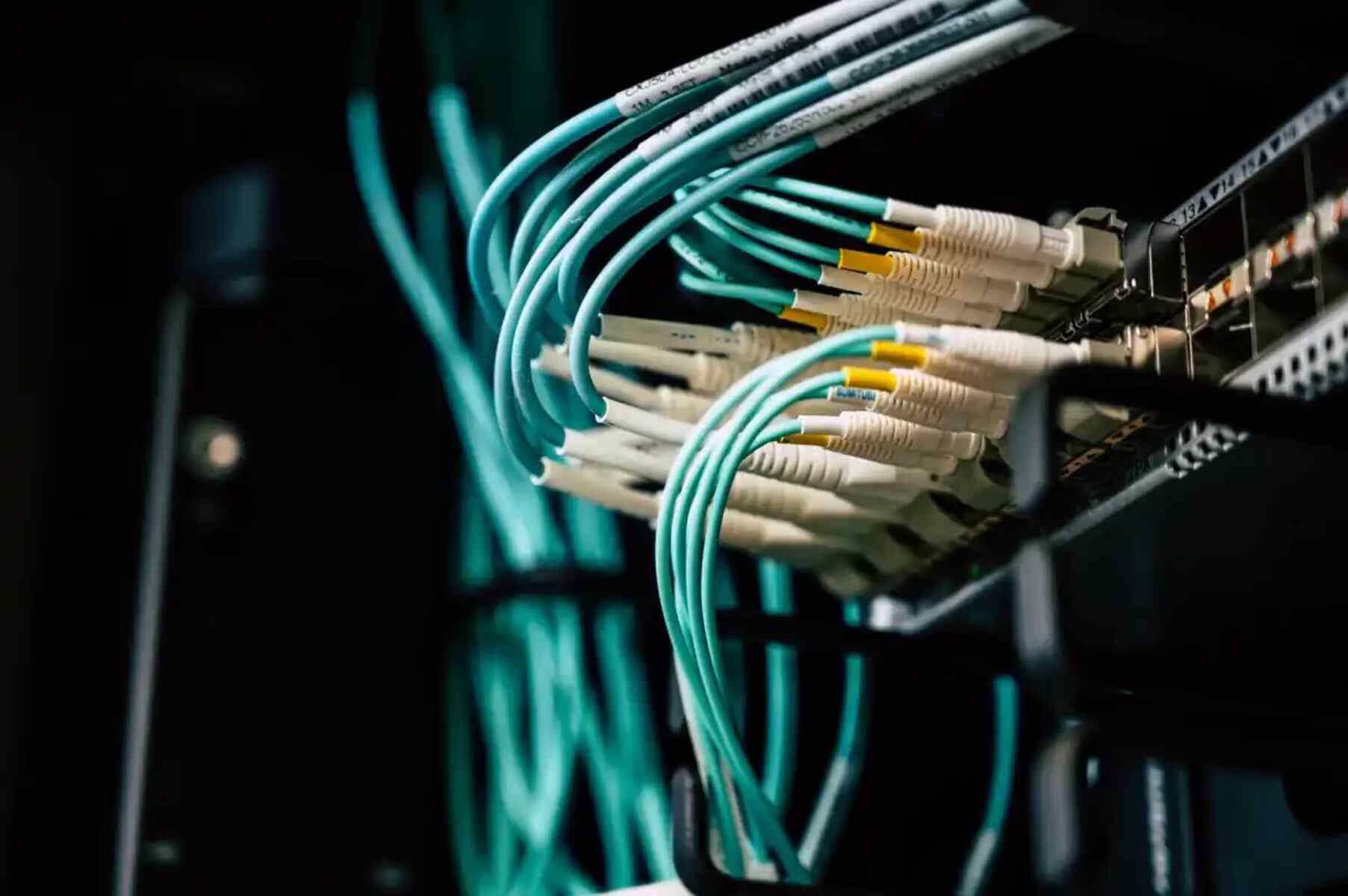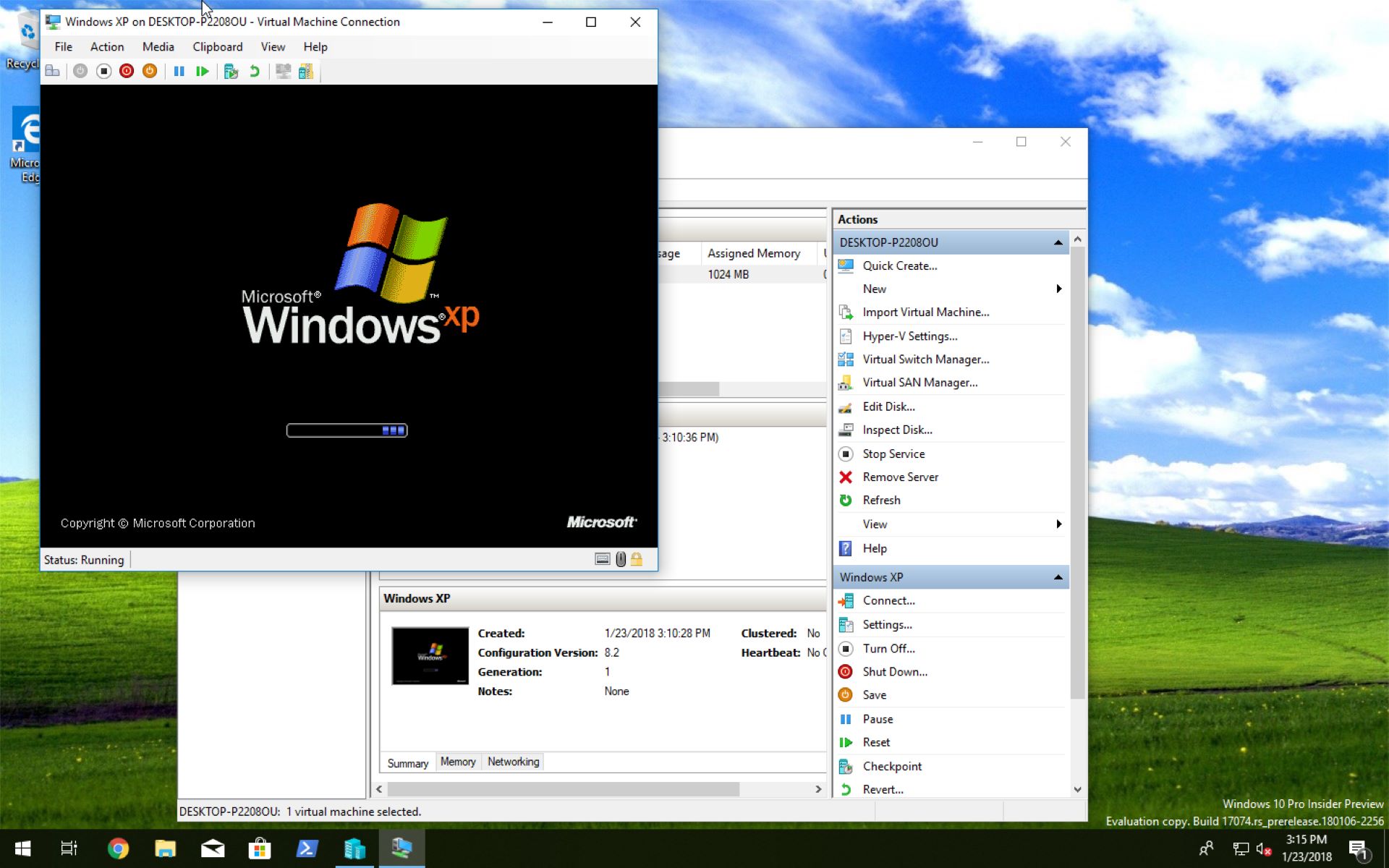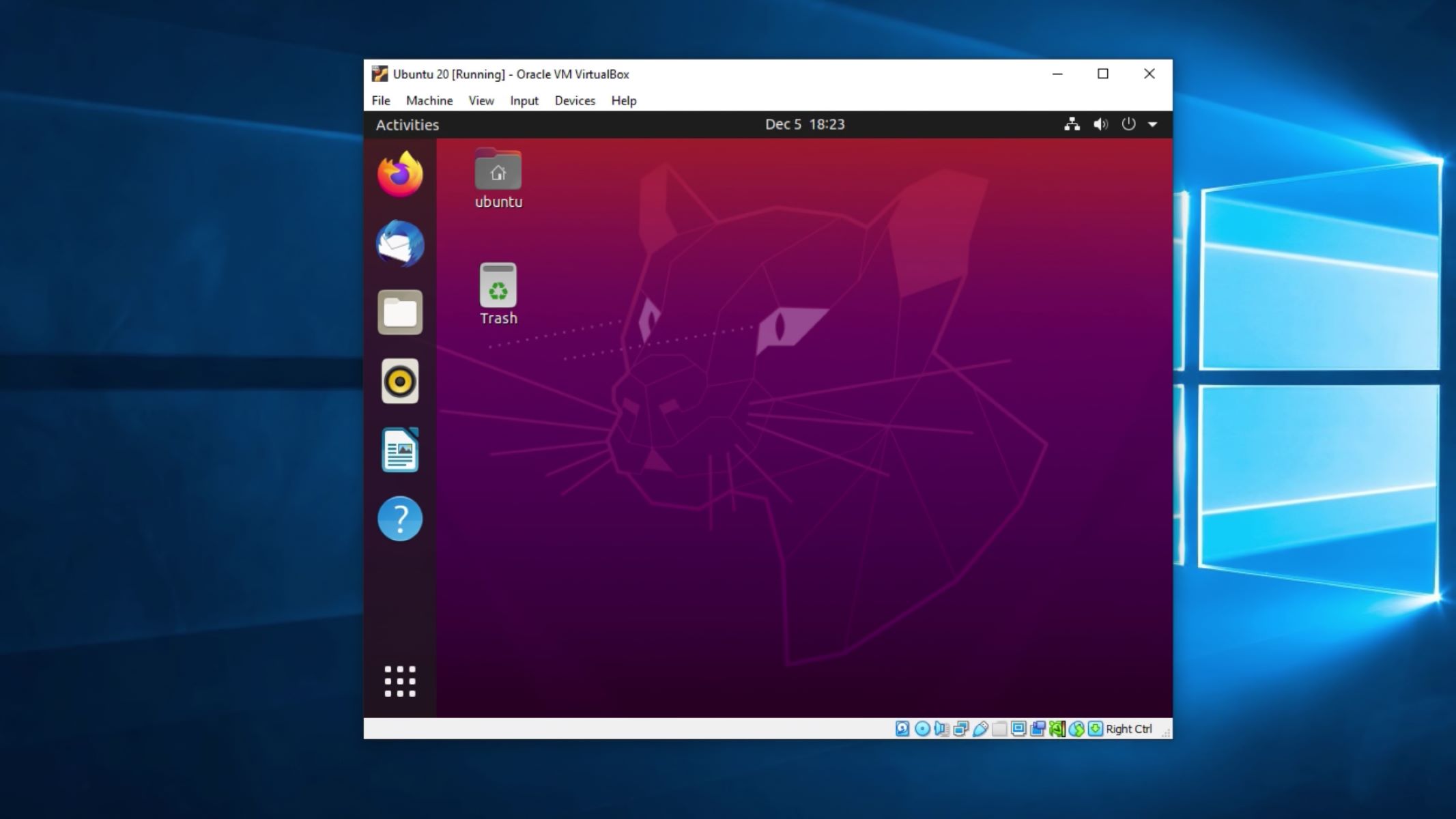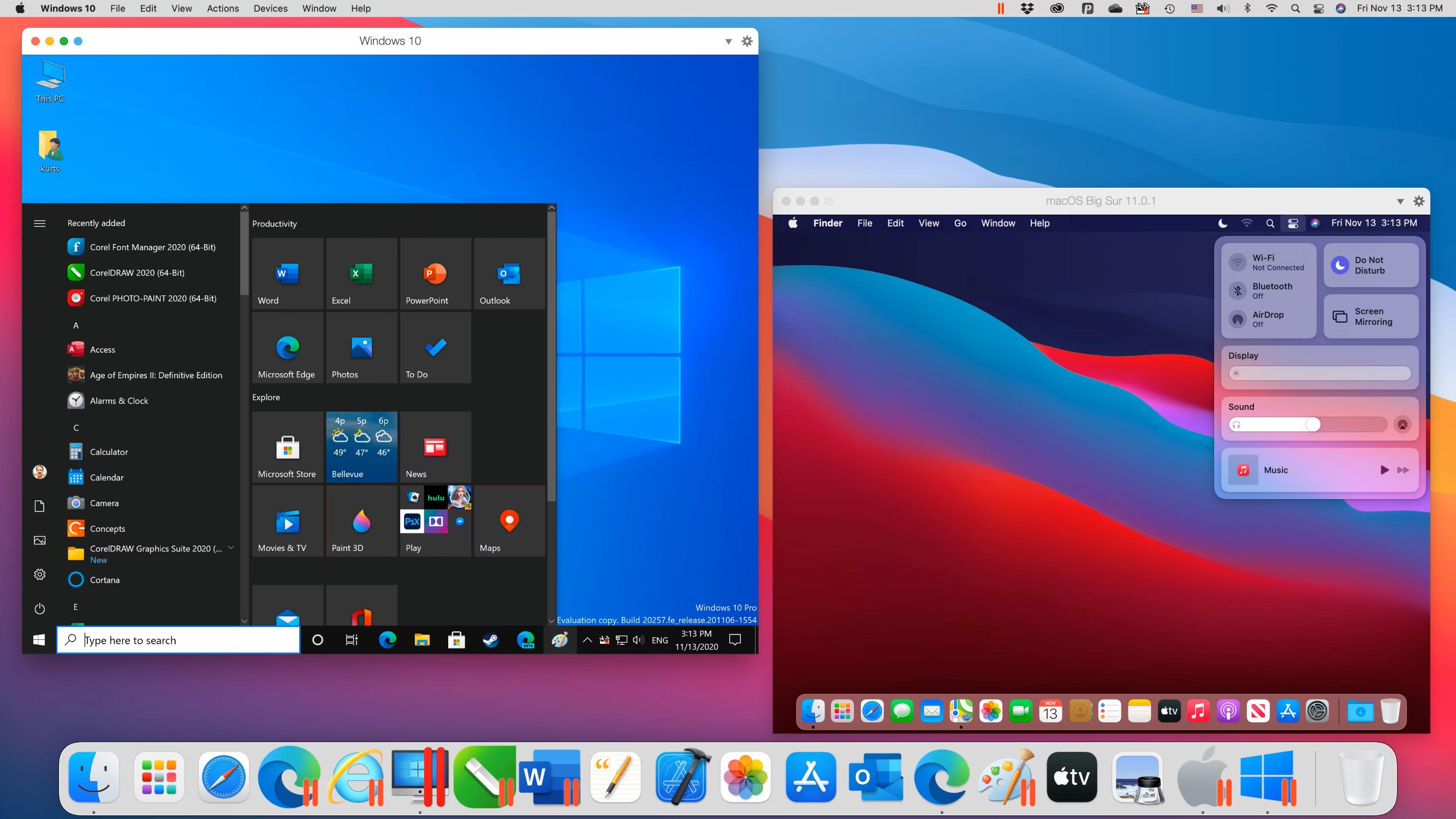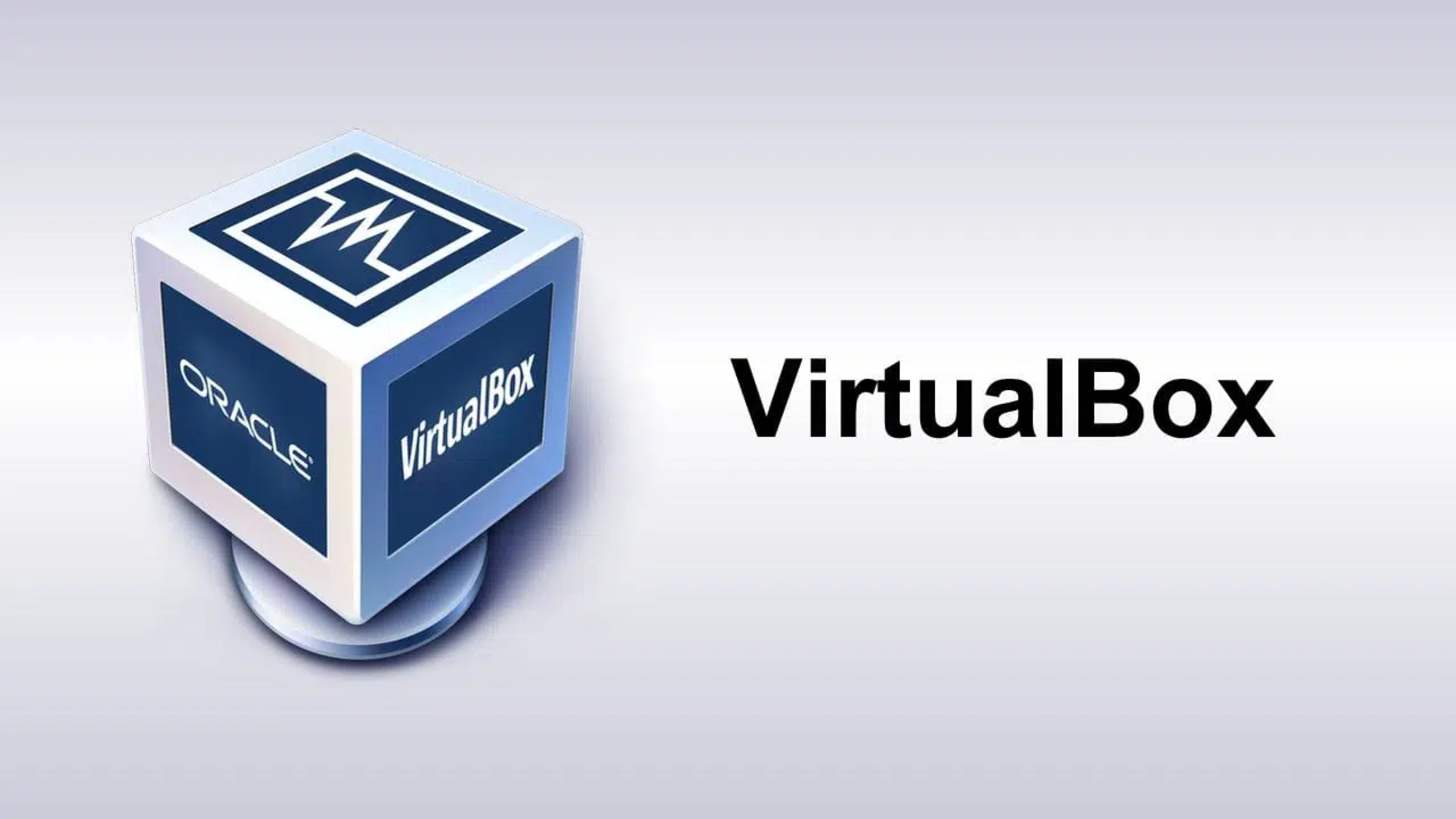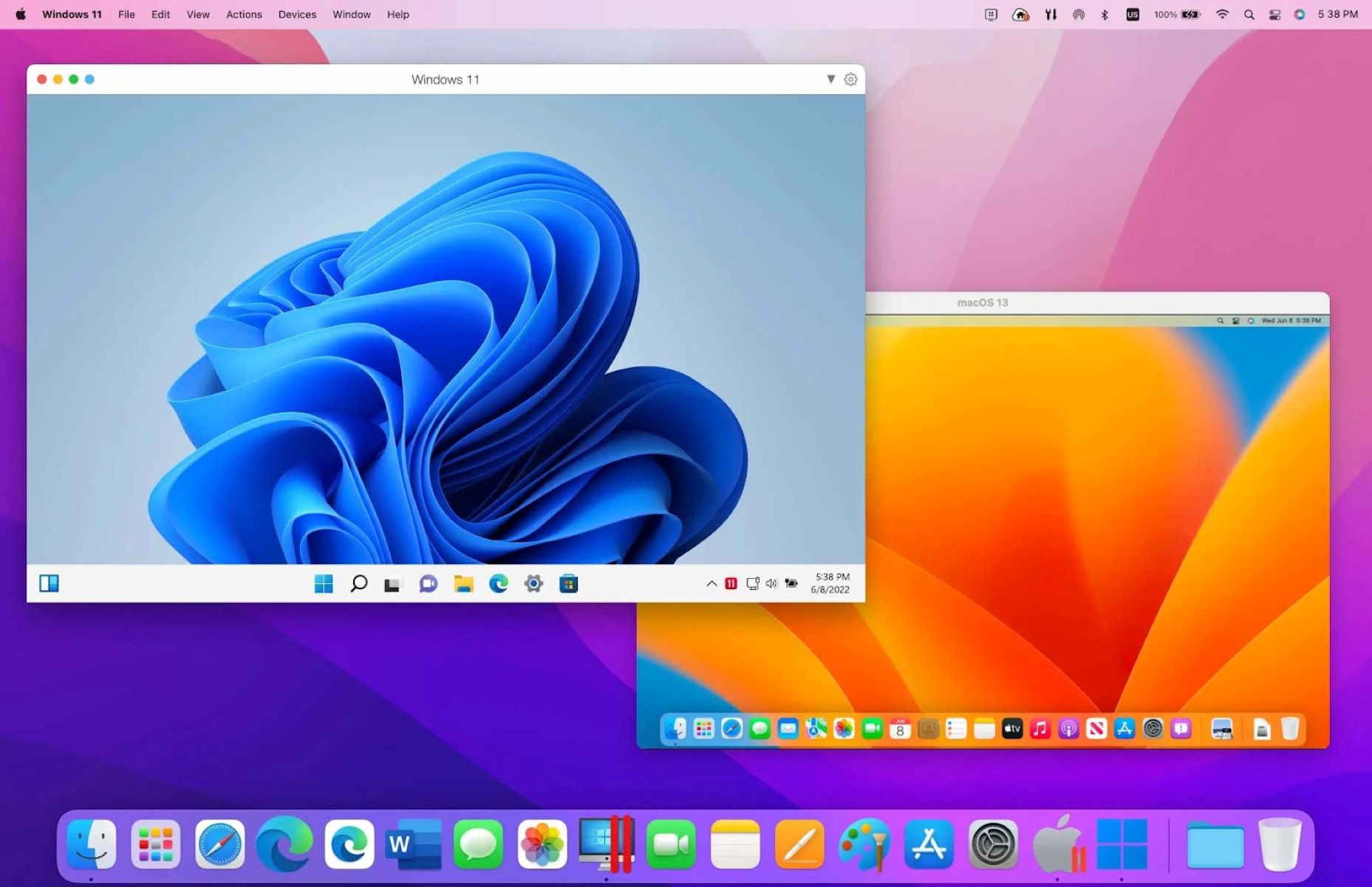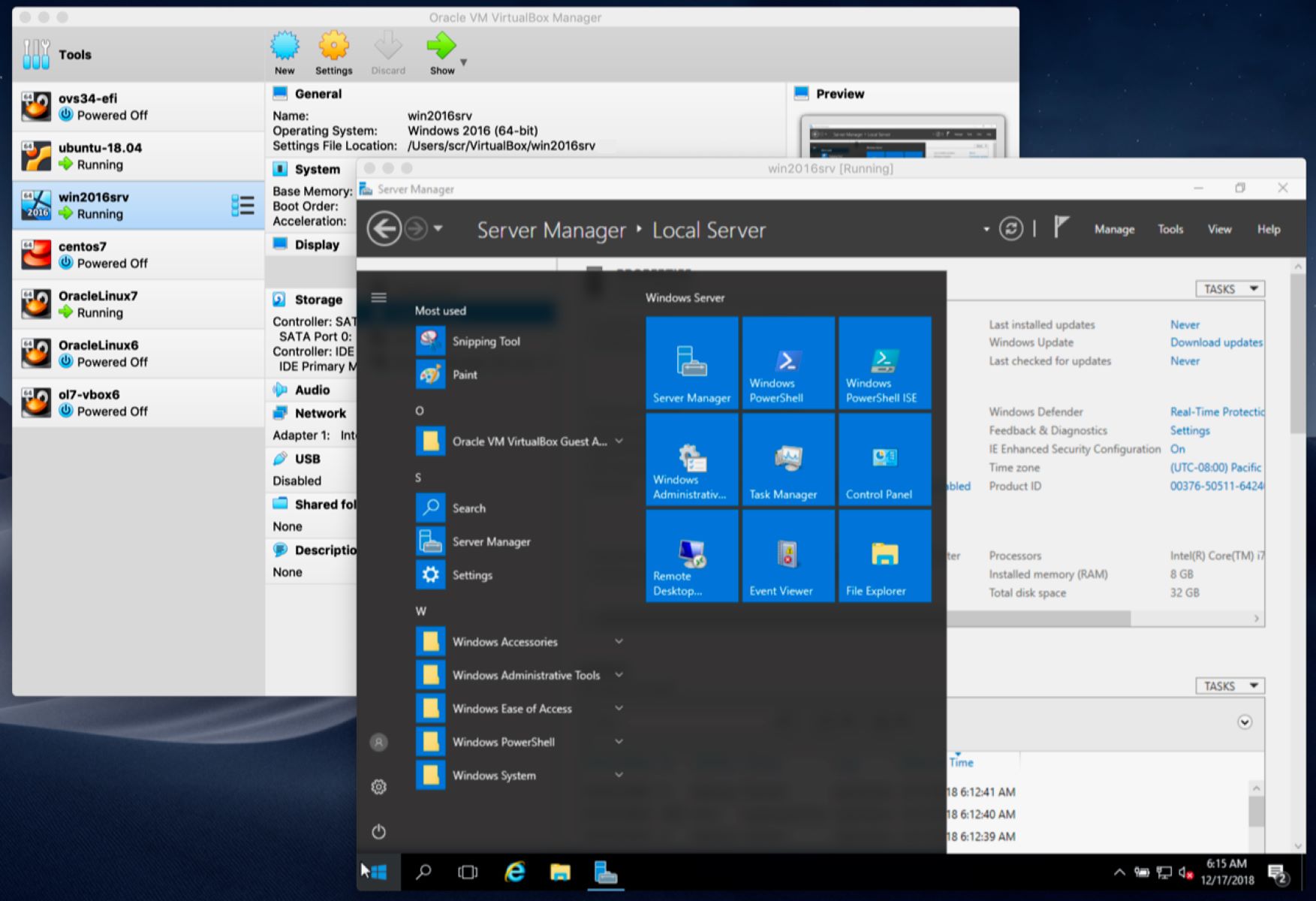Introduction
VirtualBox is a powerful tool for creating and managing virtual machines on your computer. One of the key features of VirtualBox is its ability to connect virtual machines to virtual networks, allowing them to communicate with each other and with the host system. Adding a virtual network switch in VirtualBox is a crucial step in creating a networked environment for your virtual machines. This process enables the virtual machines to share data and resources, and also provides a way for them to access external networks.
In this guide, we will walk through the process of adding a virtual network switch in VirtualBox. By following these steps, you will be able to create a virtual network that allows seamless communication between your virtual machines and the external network. Whether you are setting up a test environment, a development sandbox, or a virtualized network for educational purposes, understanding how to add a virtual network switch in VirtualBox is an essential skill for managing your virtual infrastructure effectively.
By the end of this tutorial, you will have a clear understanding of how to configure a virtual network switch in VirtualBox, empowering you to create and manage sophisticated virtual environments with ease. Let's dive into the step-by-step process of adding a virtual network switch in VirtualBox and explore the possibilities it unlocks for your virtualized infrastructure.
Step 1: Open VirtualBox and Select the Virtual Machine
Before adding a virtual network switch in VirtualBox, you need to open the VirtualBox application on your host system. Once VirtualBox is launched, you will see a list of virtual machines that are currently installed on your system. Select the virtual machine to which you want to add the virtual network switch. This is the virtual machine that will be connected to the virtual network and will benefit from the added networking capabilities.
VirtualBox provides a user-friendly interface that displays all the virtual machines in a centralized manner, making it easy to navigate and manage your virtual infrastructure. You can quickly identify the virtual machine you want to work with and proceed to configure its networking settings.
Whether you are running a single virtual machine or managing multiple virtual instances, VirtualBox streamlines the process of selecting the target virtual machine, ensuring that you can efficiently customize its networking configuration. This initial step sets the stage for integrating the virtual machine into the virtual network environment, paving the way for seamless communication and data exchange between virtual machines and the external network.
Now that you have selected the virtual machine within VirtualBox, you are ready to proceed with the next steps to add a virtual network switch and configure the networking settings for enhanced connectivity and collaboration within your virtualized environment.
Step 2: Go to Settings
After selecting the desired virtual machine in VirtualBox, the next step is to access the settings for the chosen virtual machine. This is where you can configure various aspects of the virtual machine, including its hardware, storage, and networking settings. By navigating to the settings, you gain the ability to customize the virtual machine’s environment to suit your specific requirements, ensuring that it seamlessly integrates into your virtualized infrastructure.
VirtualBox offers a straightforward approach to accessing the settings for a virtual machine, allowing you to make precise adjustments to its configuration. Within the settings menu, you will find a range of options that empower you to tailor the virtual machine’s behavior and capabilities, including the addition of new hardware components and the refinement of networking parameters.
By providing a centralized location for managing virtual machine settings, VirtualBox simplifies the process of fine-tuning the environment to meet your needs. Whether you need to allocate additional resources, adjust the display settings, or, in this case, add a virtual network switch, the settings menu is where you can make these crucial modifications with ease.
As you navigate to the settings for the selected virtual machine, you are taking a pivotal step towards enhancing its networking capabilities. The settings menu serves as the gateway to unlocking the full potential of your virtual machine, enabling you to create a robust and interconnected virtualized environment.
Step 3: Add a New Network Adapter
Once you have accessed the settings for the chosen virtual machine in VirtualBox, the next essential step is to add a new network adapter to the virtual machine. This process enables the virtual machine to connect to the virtual network switch and participate in the networked environment, fostering seamless communication and data exchange with other virtual machines and the external network.
VirtualBox provides a user-friendly interface for adding new hardware components to virtual machines, including network adapters. By incorporating a new network adapter, you are expanding the networking capabilities of the virtual machine, allowing it to harness the power of the virtual network switch and engage in network activities.
When adding a new network adapter, you have the flexibility to specify the type of network connection it represents, such as bridged, NAT, internal, or host-only. This versatility empowers you to tailor the networking configuration to match your specific requirements, whether you need the virtual machine to have direct access to the external network or operate within an isolated virtual network environment.
By adding a new network adapter to the virtual machine, you are laying the foundation for seamless network connectivity and collaboration within your virtualized infrastructure. This step marks a pivotal moment in expanding the networking capabilities of the virtual machine and integrating it into the virtual network switch, setting the stage for enhanced communication and resource sharing.
Step 4: Configure the Virtual Network Switch
After adding a new network adapter to the virtual machine, the next crucial step is to configure the virtual network switch within VirtualBox. This configuration process involves defining the properties and behavior of the virtual network switch, which serves as the central hub for connecting multiple virtual machines and facilitating network communication.
VirtualBox offers a robust set of features for configuring the virtual network switch, allowing you to define its connectivity, security, and interaction with the virtual machines in your environment. You have the flexibility to specify the type of network that the virtual switch represents, such as bridged, NAT, internal, or host-only, based on your networking requirements.
Furthermore, you can fine-tune the properties of the virtual network switch to align with your specific networking needs, such as assigning IP addresses, configuring DHCP settings, and defining the network topology. This level of customization empowers you to create a virtual network environment that mirrors real-world networking scenarios, enabling seamless communication and resource sharing among virtual machines.
Configuring the virtual network switch within VirtualBox is a pivotal step in establishing a robust and interconnected virtualized environment. By defining the properties and behavior of the virtual switch, you are laying the groundwork for creating a dynamic and collaborative network environment that empowers your virtual machines to interact with each other and access external resources.
Step 5: Apply the Changes and Start the Virtual Machine
After configuring the virtual network switch and fine-tuning the networking settings for the virtual machine, the final step is to apply the changes and start the virtual machine within VirtualBox. This pivotal action activates the newly added virtual network switch and enables the virtual machine to leverage its enhanced networking capabilities, fostering seamless communication and collaboration within the virtualized environment.
By applying the configured settings, you are solidifying the integration of the virtual machine into the virtual network environment, allowing it to harness the power of the virtual network switch and participate in network activities. This step marks the culmination of the configuration process, signaling the readiness of the virtual machine to engage with the virtual network and access external resources.
Once the changes have been applied, you can start the virtual machine, initiating its operation within the enhanced networking environment. As the virtual machine boots up, it will seamlessly connect to the virtual network switch and begin leveraging the networking capabilities that have been configured, enabling it to communicate with other virtual machines and access external networks as per the defined settings.
Applying the changes and starting the virtual machine represents the final stage in the process of adding a virtual network switch in VirtualBox. By completing this step, you are unleashing the full potential of the virtualized environment, empowering your virtual machines to collaborate, share resources, and interact with external networks in a seamless and efficient manner.







